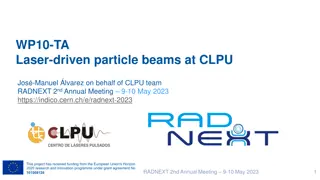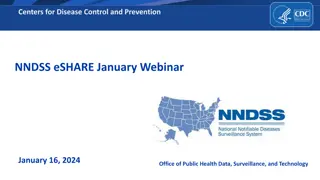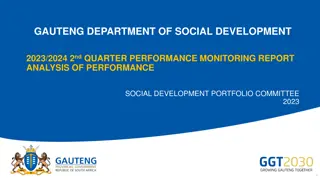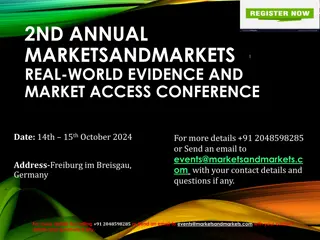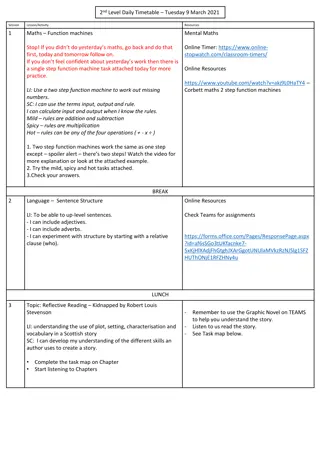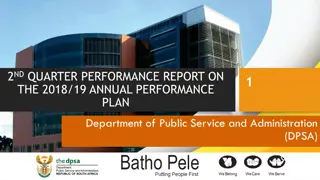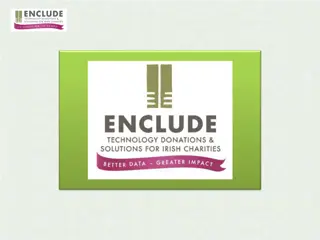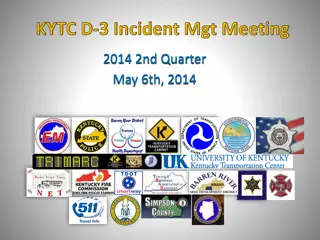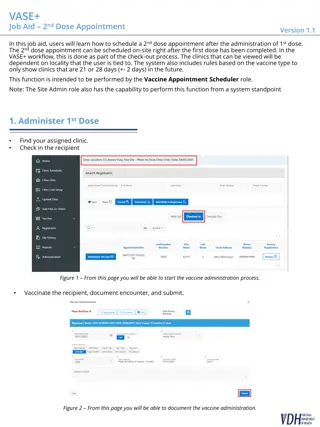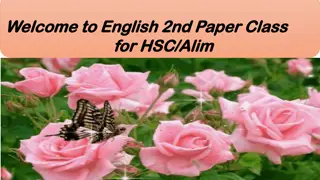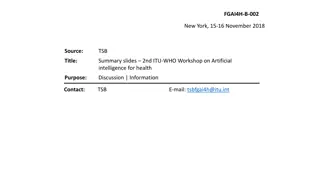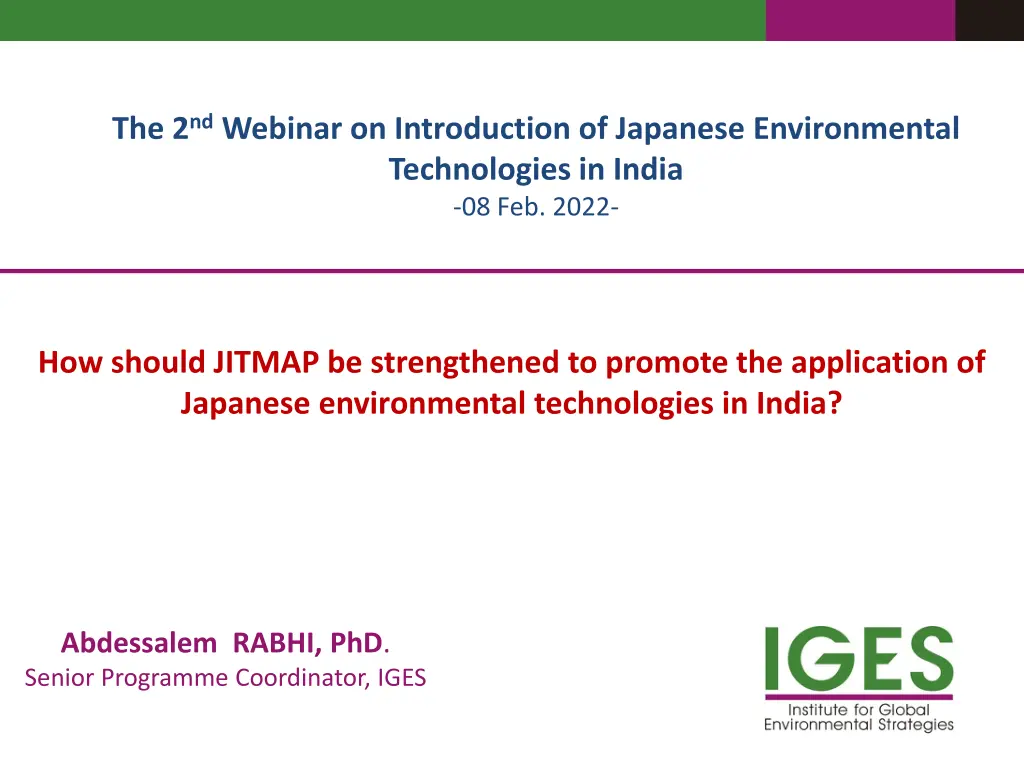
Strengthening JITMAP for Promoting Japanese Environmental Technologies in India
Explore the challenges and opportunities in promoting Japanese environmental technologies in India through strengthening JITMAP. Discuss the financial gaps, technical needs, and supporting financial schemes to enhance the application of these technologies in the Indian market.
Download Presentation

Please find below an Image/Link to download the presentation.
The content on the website is provided AS IS for your information and personal use only. It may not be sold, licensed, or shared on other websites without obtaining consent from the author. If you encounter any issues during the download, it is possible that the publisher has removed the file from their server.
You are allowed to download the files provided on this website for personal or commercial use, subject to the condition that they are used lawfully. All files are the property of their respective owners.
The content on the website is provided AS IS for your information and personal use only. It may not be sold, licensed, or shared on other websites without obtaining consent from the author.
E N D
Presentation Transcript
The 2ndWebinar on Introduction of Japanese Environmental Technologies in India -08 Feb. 2022- How should JITMAP be strengthened to promote the application of Japanese environmental technologies in India? Abdessalem RABHI, PhD. Senior Programme Coordinator, IGES
Eye on Technology End-Users/Recipients 63 million MSMEs (Nov.2021)* Ongoing policy focus and years of mandated lending have not produced enough progress*. MSME Credit Demand Formal Sources Supply Overall Credit Gap Rs. 37 trillion Rs. 14.5 trillion. Rs. 20 25 trillion. 5% of MSMEs have access to formal finance*. 94% of MSMEs have credit requirement below Rs.10, 00,000* (JPY1,500,000). Banks are hesitant to lend to enterprises below the Rs.10, 00,000 threshold*. 31% of MSMEs name access to finance as top challenges*. * source: https://www.devalt.org/newsletter/jan20/of_1.htm 22
Eye on Technology Suppliers 100 vs 4 is the average increase of Japanese registered companies in India between 2006 2017 and 2018-2020 periods respectively. Is this an opportunity or a threat for JITMAP? Manufacturing sector accounts for half of the total Japanese companies in India. 60% of Japanese companies in India are thinking of setting up a new factory in Gujarat (METI 2018)* Trend of registered Japanese companies in India** Registered Japanese companies in India, by State** *: https://timesofindia.indiatimes.com/city/ahmedabad/japanese-cos-in-india-eyeing-gujarat-for-next-expansion/articleshow/73208940.cms **: Source: https://www.in.emb-japan.go.jp/PDF/2020_co_list_en_pr.pdf 33
Eye on Technology Spectrum Not all technologies require financial support. Key barrier: Higher upfront price of the proposed technologies (not life-cycle cost). Financial capacity Zone4: Financial & Technical supports are needed Zone3: Only financial support is needed Upfront Price gap Financial capacity gap (loan) Company s Financial Capacity Limit BAU Zone2: Only technical support is needed Zone1: Financial & technical supports are NOT needed Technical capacity Technical Gap Company s Technical Capacity Limit : Existing Technology (BAU) : Japanese technology : Alternative technology 44
Eye on Supporting Financial Schemes/Stakeholders Scheme Year Purpose Public-Private Financing JICA-SMBC-Tata Cleantech Capital Limited (TCCL) 2020 Renewable energy generation, electric vehicles (EV), energy efficiency (proposals following the Green Loan Principles (GLPs). JBIC-SBI 2020 Untied Loan to support production and sales of Japanese Automobile Manufacturers Non Banking Financing Companies (NBFC) Credit Season-Capital Float 2020 MSMEs in tier-2 and tier-3 cities Japanese Bank in India MUFG Bank Ltd. (5) Mizuho Bank Ltd.(5) SMBC (3) - All the three banks are members of NetZero Banking Alliance (NZBA); so they provides Green Loans and Sustainability Linked Loans (proposals following the GLPs and SLLPs) Indian Banks SIDBI (Dev. Bank) 2020 -4E financing scheme (bilateral credit line) -Cluster development fund (bilateral credit line) -Sustainable Finance Scheme (Energy efficiency and cleaner production projects not covered under bilateral lines of credit.) India State Government Gujarat Industrial Policy 2020 2020 Interest Subsidy, capital subsidy and other incentives for clean and green manufacturing in MSMEs Global finance coaching and investment facilitation Private Financing Advisory Network (PFAN) (hosted by UNIDO and REEEP) 2006 Free business coaching and investment facilitation to develop climate and clean energy projects in emerging markets, including India. 55
Eye on Potential Synergetic Approach An example of how I see financial support can be mobilized 66
Conclusion and Recommendations JITMAP has the potential to be an important tool to promote Japanese technologies in India; Financial support is not always needed, and if needed, it will depend on whether: -To fill the price gap (of Japanese technologies vs. peers/alternatives)?; and/or -To fill the financial capacity gap (of end-user vs. price of the desired technologies)? Depending on the capacity/resources of JITMAP, the focus can be on promoting best matches that do not require financial support and/or to those that require financial support as well. Key recommendations R1_Narrow the end-users target (e.g., medium size enterprises, in a specific state/sector/cluster); R2_Expand the proposed environmental technology basket (e.g., niche technologies); R3_Tailor a marketing/sale strategy on technology by technology basis. For those that require financial support explore: i) Blending with technical support and/or selling at a discounted price (e.g., initiating JITMAP Coupon ). ii) Proactively engaging with the adequate stakeholders/schemes that are increasingly focus on the Environmental, Social, Governance (ESG) and SDGs aspects to make the overall financing of Japanese technologies competitive to financing alternative technologies, even though their initial cost is higher (e.g., turning the feasibility study reports, under JITMAP, into bankable proposals for Green or Sustainability- Linked loans, coupled with providing technical assistance and/or several preferential treatments (lower interest rates, lower transaction cost, etc. (where borrowers and lenders are considered as JITMAP partners). 77


